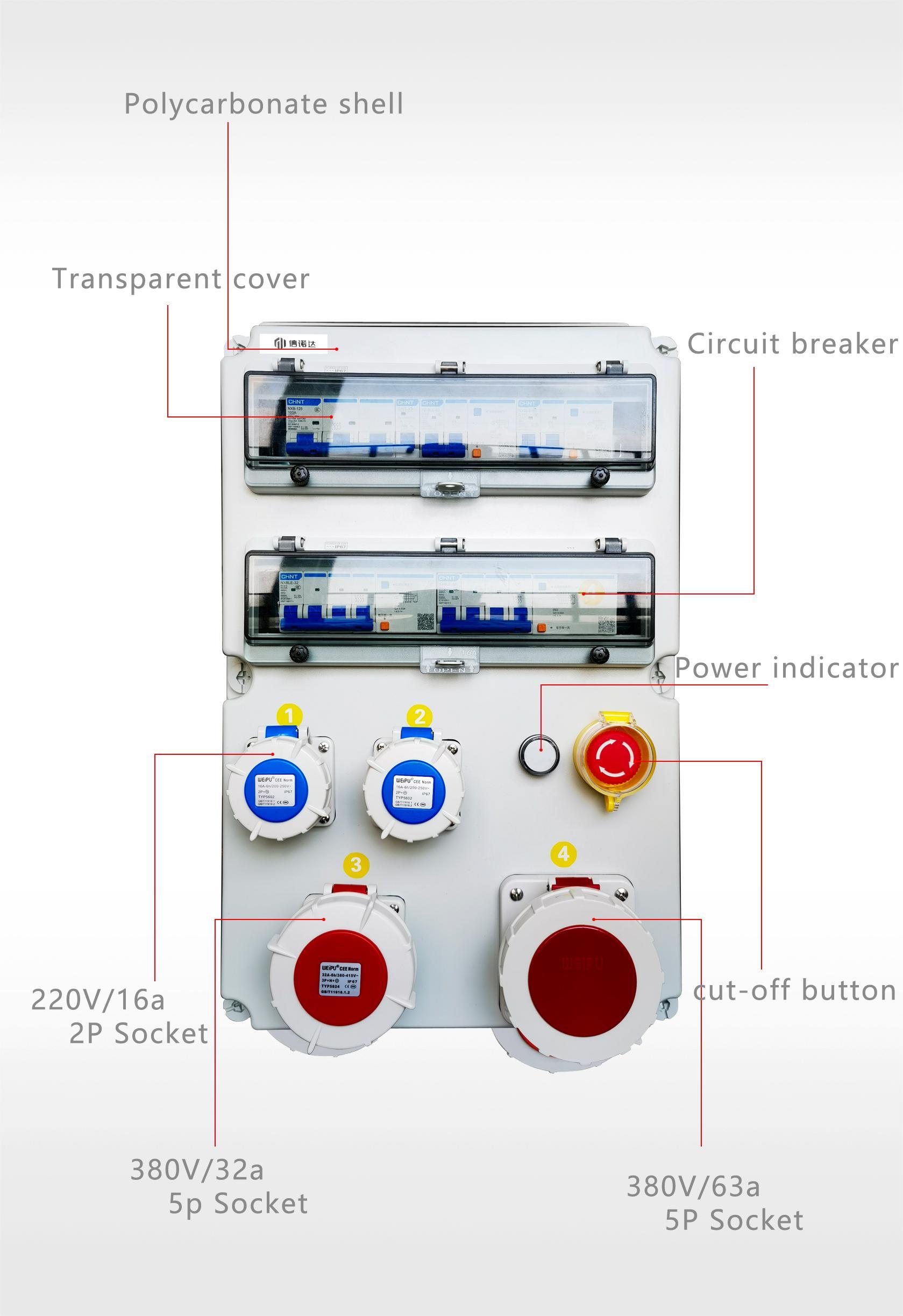What are the different power distribution box types and functions?
In the intricate network of electrical systems, power distribution boxes serve as the unsung heroes, orchestrating the efficient flow of electricity. Understanding the diverse types and functions of these boxes is paramount for anyone involved in electrical infrastructure planning or maintenance. This comprehensive guide will unravel the complexities, providing valuable insights into power distribution box types and their indispensable roles.

Types of Power Distribution Boxes
1. Main Distribution Board (MDB)
The Main Distribution Board often considered the nerve center of electrical distribution, receives power from the transformer and subsequently distributes it to various subsidiary distribution boards. MDBs play a pivotal role in regulating the flow of electricity throughout a facility, ensuring balanced distribution and preventing overloads.
2. Sub Distribution Board (SDB)
Sub Distribution Boards act as secondary hubs, branching off from the MDB to supply power to specific areas or floors within a building. These boards allow for a more localized distribution, facilitating better control and management of electrical resources.
3. Consumer Unit
Also known as a fuse box or consumer control unit, this type of power distribution box is typically found in residential settings. Consumer units house fuses or circuit breakers that safeguard individual circuits, preventing overloads and electrical hazards within the home.
4. Enclosed Switchgear
Enclosed switchgear serves as a comprehensive solution for power distribution and control. These boxes encase switches, circuit breakers, and other control equipment, providing a secure and organized environment for managing electrical circuits in industrial settings.
5. Meter Panel
Meter panels house electrical meters, measuring the amount of power consumed by a specific circuit or area. These panels are crucial for monitoring energy usage, facilitating efficient billing, and identifying potential issues with power consumption.
Functions of Power Distribution Boxes
Power Regulation
The primary function of power distribution box is to regulate the flow of electricity, ensuring that each circuit receives the appropriate amount of power without overloading. This is critical for preventing electrical failures and maintaining a stable power supply.
Safety Mechanisms
Power distribution boxes incorporate safety features such as circuit breakers and fuses to protect against electrical faults. These mechanisms interrupt the flow of electricity when irregularities are detected, mitigating the risk of fire or damage to connected devices.
Energy Management
In larger facilities, power distribution boxes enable effective energy management by allowing for the segmentation of power distribution. This not only enhances control but also promotes energy efficiency by directing power precisely where it is needed.
Fault Identification
Power distribution boxes are equipped with features that aid in identifying faults within the electrical system. This facilitates prompt troubleshooting and maintenance, minimizing downtime and ensuring the reliability of the overall power supply.
Conclusion
Power distribution boxes are the backbone of electrical systems, ensuring the seamless flow of electricity while prioritizing safety and efficiency. Understanding the various types and functions of these boxes is instrumental in optimizing electrical infrastructure and mitigating potential risks.

评论
发表评论